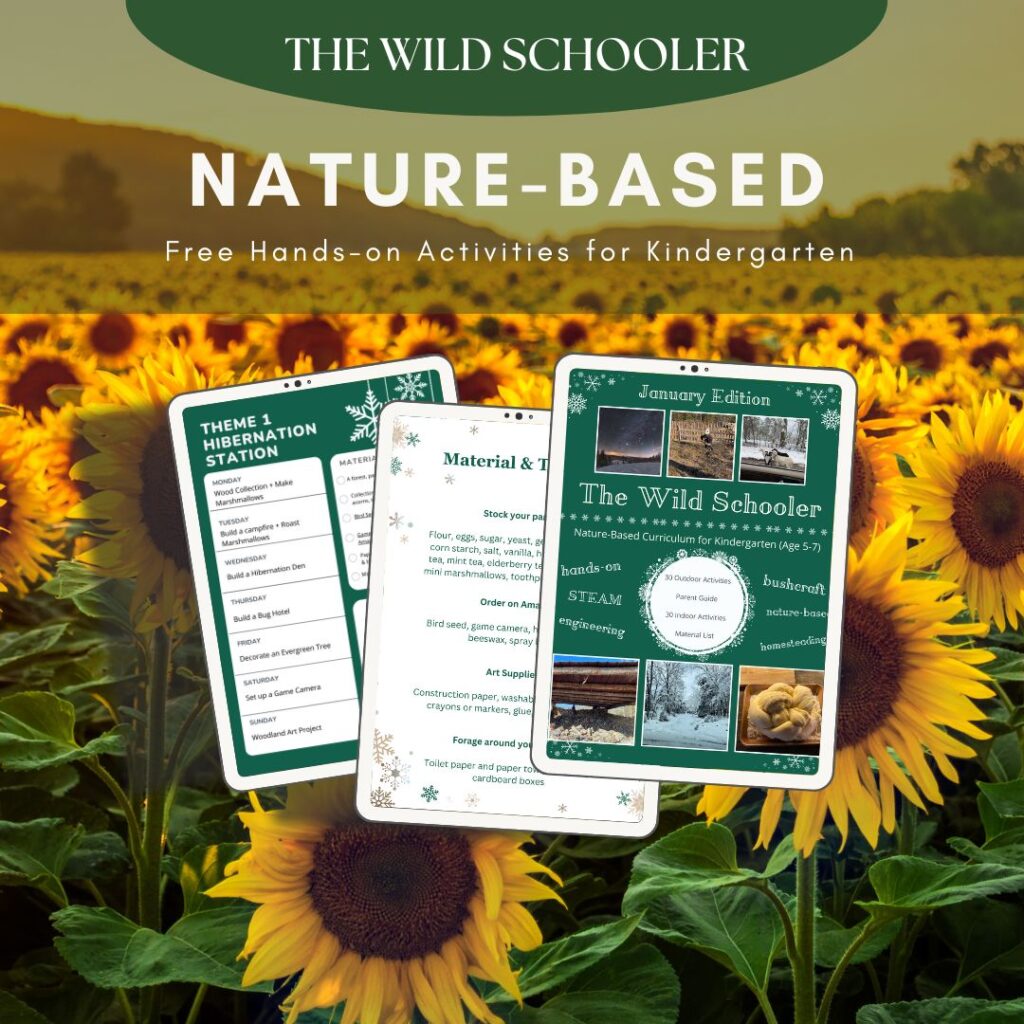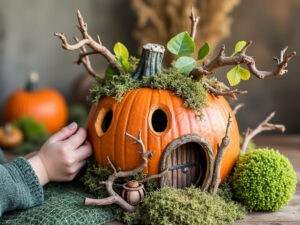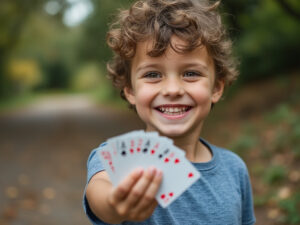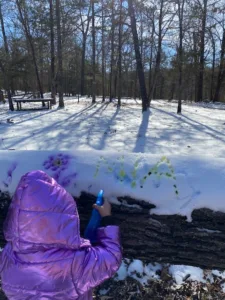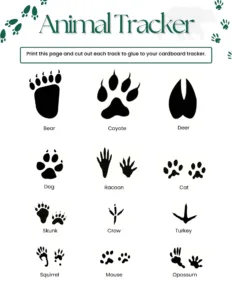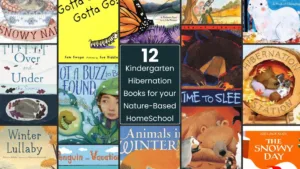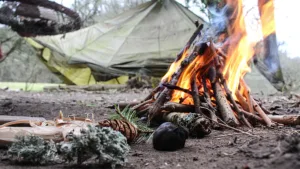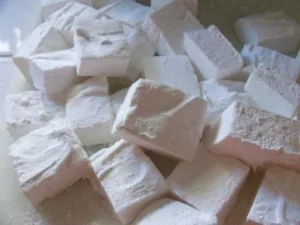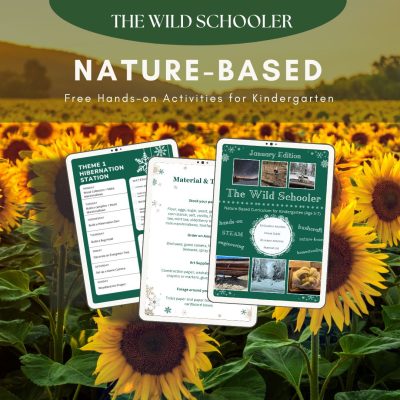In a world dominated by screens, the simple joy of playing outside is a treasure worth passing onto your children. Did you know that children spend an average of only 4-7 minutes outside each day. 4-7 MINUTES! Guess how much time they spend on screens (on average)? 7.5 hours.
Why Playing Outside Is Essential in Childhood
Engaging in outdoor play provides children with a myriad of physical, cognitive, and emotional benefits that contribute to their overall well-being. The open spaces and fresh air encourage physical activity, helping to develop strong muscles, coordination, and cardiovascular health.
Exposure to natural light aids in the synthesis of vitamin D, crucial for bone health and immune system function. Beyond the physical aspects, outdoor play sparks creativity and imagination, as children explore their surroundings and interact with the elements.
Time spent in nature fosters a sense of curiosity and environmental awareness, instilling a lifelong appreciation for the world around them.
Moreover, outdoor play provides an invaluable opportunity for social interaction, teamwork, and the development of essential social skills. The freedom and unpredictability of outdoor environments contribute to resilience, problem-solving abilities, and a sense of adventure, nurturing well-rounded and resilient individuals.
Children are spending less time outdoors than ever before, affecting their physical and mental well-being. As parents, we hold the key to reversing this trend and offering our kids enriching experiences in the embrace of nature’s winter wonderland.
Here are 3 fun activities you can do with your kids in cold snowy weather. The colder the better!
Activity 1: Blow Bubbles in Freezing Temperatures
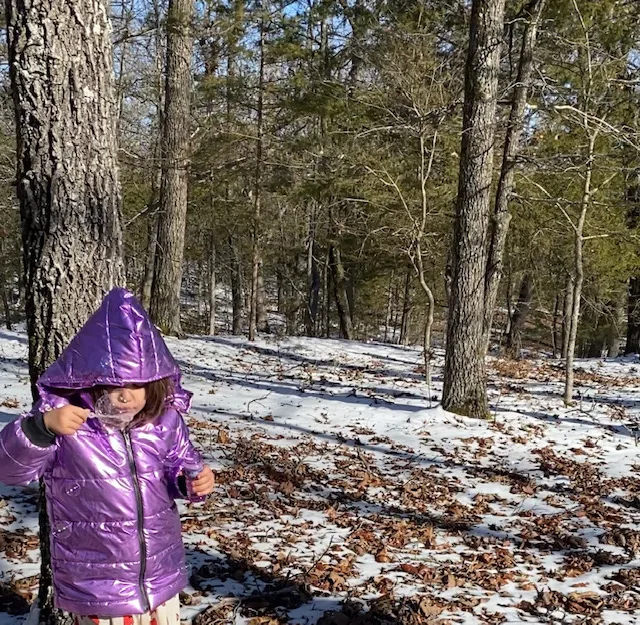
Head outside on a crisp winter day with store bought bubbles or you can make your own simple mixture using water, dish soap, and corn syrup. The best weather for this activity is bitter cold, freezing temperatures. The magic unfolds as you blow bubbles, and, instead of floating away, they freeze in mid-air before delicately popping.
Engage your child’s curiosity with questions like, “Why do you think the bubbles are freezing?” and “What happens when the bubbles pop?”
Skills This Activity Builds:
This seemingly simple activity is a gateway to scientific discovery, teaching kids about the fascinating impact of temperature on everyday phenomena. It encourages observation skills as they witness the transformation of liquid bubbles into delicate ice crystals.
Activity 2: Spray Paint the Snow
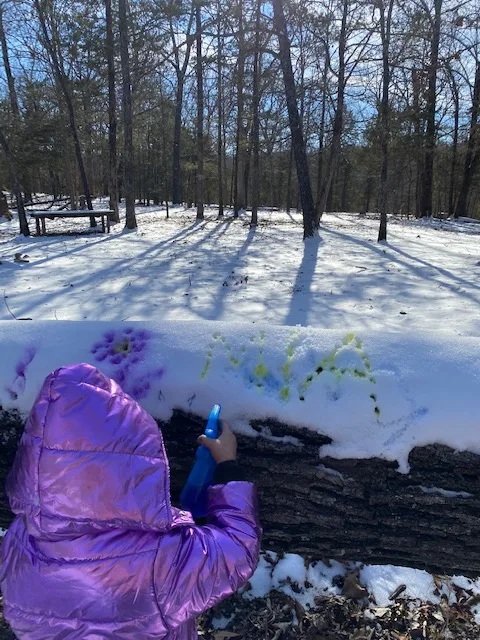
Embrace the artist within your child by adding a few drops of food coloring to spray bottles of water. Let them unleash their creativity on the pristine canvas of snow. I like using Dr. Watkins food coloring because it is dye-free and uses plants like tumeric for the yellow color and beets for the red color.
Skills This Activity Builds:
This creative endeavor not only stimulates the imagination but also hones fine motor skills as little hands manipulate the spray bottle. The choice of Dr. Watkins food coloring adds an educational layer, introducing children to a dye-free option derived from plants like turmeric and beets. They’ll learn color theory by mixing different colors together to make new colors.
Activity 3: Look for Animal Tracks in the Snow

After a fresh snowfall, take your kids on a journey to discover the hidden stories written in the snow by local wildlife. Armed with a DIY Animal Tracker, explore and identify animal tracks, connecting your child to the natural world around them.
You can download a free animal track printable here and get instructions on how to build the animal tracker shown in the photo below. Basically, you cut out the animal tracks, glue them to a square window and then add a stick so your child can line the snow tracks up in the window and see what animal it belongs to.
Read the full instructions and print out the tracks here.
Skills This Activity Builds:
This activity cultivates an awareness and appreciation for nature. As children observe and identify different animal prints, they develop valuable observational skills and learn about the natural wildlife in their local environment.
In the midst of these winter adventures, remember that the true value lies not just in the immediate joy but in the lasting memories and skills forged. The magic of the snowy season becomes a canvas for growth and connection, echoing the sentiment of Albert Einstein:
“Look deep into nature, and then you will understand everything better.”

